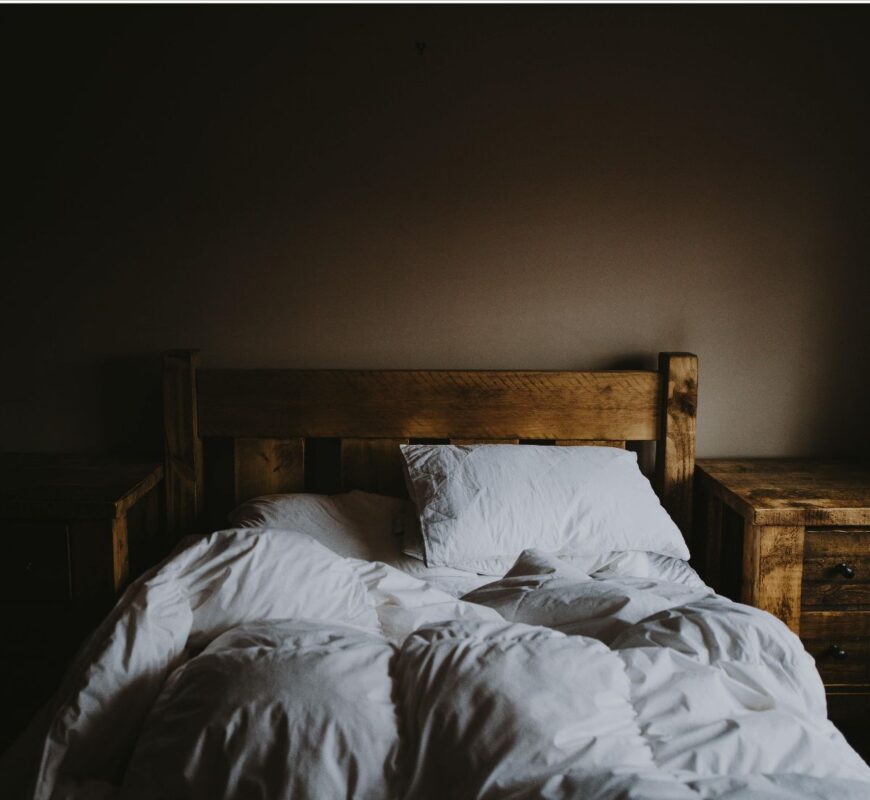
What is Seasonal Affective Disorder?
Seasonal affective disorder (SAD) is a mood disorder associated with seasonal changes. It is commonly seen as depression during the fall and winter months. Some symptoms of SAD include sleep problems, changes in appetite, low energy, difficulty concentrating, and feeling depressed. Here are some self-care tips to help alleviate some of the symptoms of SAD.

Sleep Hygiene
Seasonal changes can have a negative impact on your sleep. Make sure you keep a consistent sleep schedule. Try to avoid technology an hour before bed. Avoid stimulants (such as caffeine) 4-6 hours before bed and limit alcohol. If stress makes it hard to sleep, writing down your worries on paper can help you go to bed stress-free. And lastly, make sure your sleeping environment is quiet and dark.
Light Therapy
Most people with SAD (or depression that worsens in the winter) benefit from increased light exposure. A 30-minute daily walk on a sunny day (or a 1-2 hour walk on a cloudy day) can help reduce symptoms of SAD. For those who are unable to walk outdoors, a lightbox (with a LUX rating of 10,000) for 30-60 minutes in the morning can be just as beneficial.


Exercise
Exercise, especially aerobic exercises, for 30 minutes or more a day for 3-5 days a week can significantly improve depression symptoms. Some examples of aerobic exercises include walking, jogging, Zumba, cardio kickboxing, and circuit training. If you are just getting started with exercise, it is important to choose an exercise you enjoy and set reasonable goals.
The Takeaway
- Seasonal affective disorder (SAD) is a mood disorder associated with seasonal changes, often manifested as depression during the fall and winter months
- Symptoms of SAD include sleep problems, changes in appetite, low energy, difficulty concentrating, and feeling depressed
- Sleep hygiene practices, such as maintaining a consistent sleep schedule, avoiding technology and stimulants before bed, and creating a quiet and dark sleeping environment, can help alleviate SAD symptoms
- Light therapy, such as daily walks in sunlight or the use of a lightbox, can also help reduce SAD symptoms
- Exercise, particularly aerobic exercise, can significantly improve depression symptoms and should be done for 30 minutes or more per day for 3-5 days per week
- It is important to choose an exercise you enjoy and set reasonable goals when starting a new exercise routine.
